Busan Sikdang (부산식당)
5.8Km 2021-03-24
12, Insadong 11-gil, Jongno-gu, Seoul
+82-2-733-5761
Busan Sikdang has been operated in one location since 1976. They offer clean and plain soup and properly-cooked rice prepared upon the customers' arrival.
National Souvenirs Center [Tax Refund Shop] (한국관광명품점)
5.8Km 2024-04-23
14, Insadong 5-gil, Jongno-gu, Seoul
-
Kumho Museum of Art (금호미술관)
5.8Km 2020-06-11
18, Samcheong-ro, Jongno-gu, Seoul
+82-2-720-5114
The Kumho Museum of Art was opened to celebrate the diversity of art. The museum displays new pieces of art from promising new artists and accomplished artists every year. The museum first opened its doors in Gwanhun-dong in 1989, but moved to a larger area in 1996 where it stands today. The Kumho Museum of Art stands on the east side of Gyeongbokgung Palace. The museum is surrounded by other cultural and folk museums. The B1 floor features artwork of new artists while the 1st and 2nd floors feature project exhibitions and invitation exhibits. About once a year foreign artists are invited to display their art in the museum. There are official invitation exhibitions of seven artists yearly. These are artists who have strongly influenced Korean art. On the 3rd floor of the museum is a small concert hall, also known as Kumho Recital Hall. Although the capacity is only 171 people, all concerts are executed with professional care. On the 1st floor there is a coffee shop and an art shop. The coffee shop and art shop remain open on days the museum is closed.
Areumdaun Cha Bangmulgwan (Beautiful Tea Museum) (아름다운차박물관)
5.8Km 2019-08-02
19-11, Insadong-gil, Jongno-gu, Seoul
+82-2-735-6678
In addition to gourmet restaurants, traditional tea houses are a popular destination in Insa-dong. Among them, we recommend Areumdaun Cha Bangmulgwan, where you can taste more than 100 types of tea, including Korean, Chinese, Japanese, and Taiwanese. The shop also serves as a museum and gallery. Enjoy a leisurely cup of tea as you appreciate the art that is on display.
Insa-Dong National Souvenir Center (한국관광명품점(인사동))
5.8Km 2020-11-07
14, Insadong 5-gil, Jongno-gu, Seoul
+82-2-735-6529
Operated by the Ministry of Culture, Sports, and Tourism and Korea Tourism Association, the National Souvenir Center has strict standards for the brands sold, only allowing those which have won various prizes and passed thorough screening. Shoppers can be assured of high quality and high class products.
Ijo (이조)
5.8Km 2021-03-26
8, Insadong 3-gil, Jongno-gu, Seoul
+82-2-730-7610
Galbijjim (braised short ribs) is a traditional Korean menu of ribs seasoned with soy sauce. This Korean dishes restaurant is located in Jongno-gu, Seoul. The representative menu is braised short ribs.
Olive Young - Nowon Branch [Tax Refund Shop] (올리브영 노원)
5.8Km 2024-04-17
#105, and #106, 65, Sanggye-ro, Nowon-gu, Seoul
-
Olive Young - Jongno YBM Branch [Tax Refund Shop] (올리브영 종로YBM)
5.8Km 2024-04-19
104, Jong-ro, Jongno-gu, Seoul
Yangbandeck (양반댁)
5.8Km 2024-03-18
19-18 Insadong-gil, Jongno-gu, Seoul
+82-2-733-5507, +82-2-730-1112
Yangbandeck is a traditional Korean house in Insa-dong, serving ganjang gejang (soy sauce marinated crab) and bori gulbi (barley-aged dried yellow croaker). Theganjang gejang is made from crabs filled with roe, matured in soy sauce. The taste of barley-aged dried yellow croaker, made from dried yellow croaker matured in sea breeze and served on top of rice, is exceptional. Each meal comes with a hot pot rice, and side dishes such as soybean paste jjigae, pancakes, kimchi, and japchae are served as standard.
Gallery Hyundai (갤러리 현대)
5.8Km 2021-03-18
14, Samcheong-ro, Jongno-gu, Seoul
+82-2-2287-3500
Gallery Hyundai has been improving daily for over 40 years since April 1970, working closely with various Korean artists in modern art. Gallery Hyundai introduces varied artists including prominent artists, as well as up-and-coming artists, regardless of genre through sophisticated exhibitions, showing domestic and overseas art all in one place.
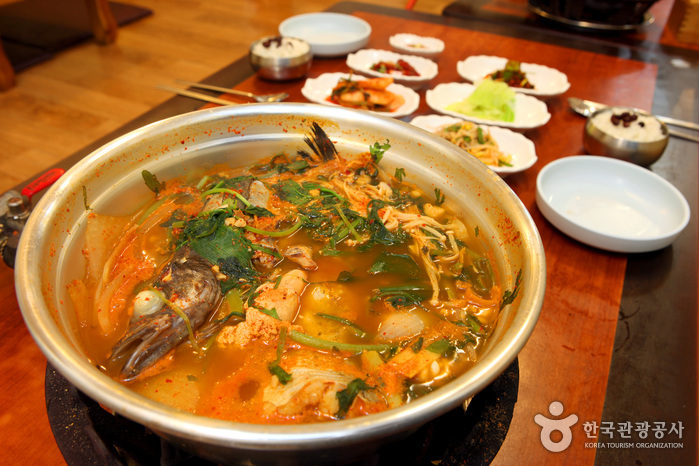

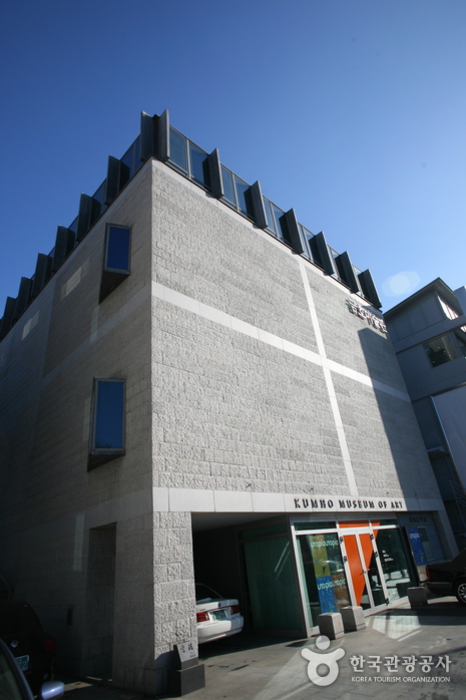
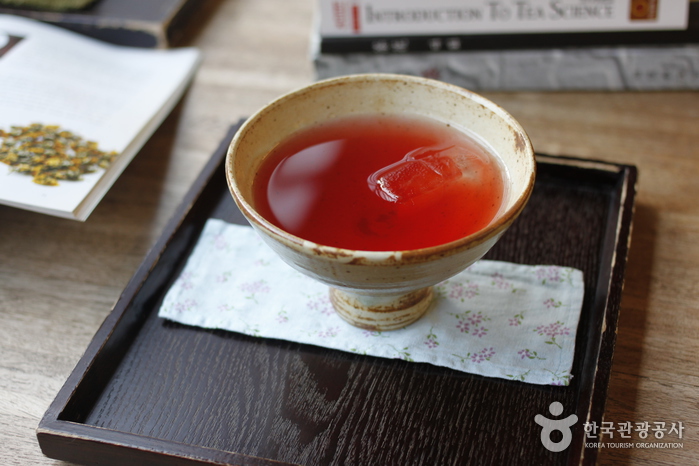
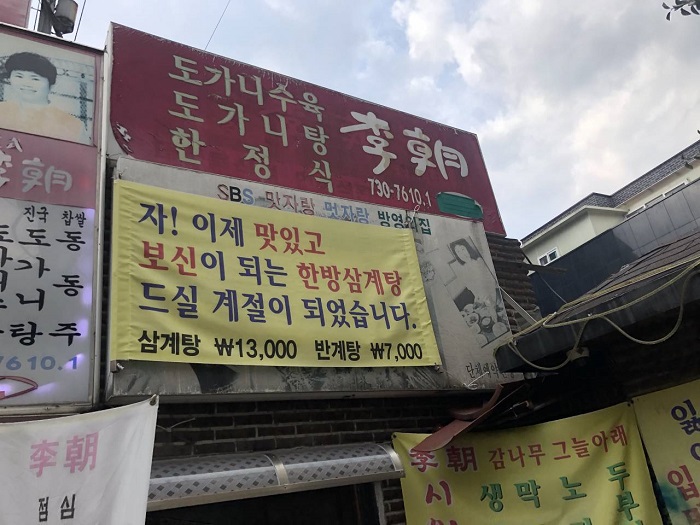
![Olive Young - Nowon Branch [Tax Refund Shop] (올리브영 노원)](http://tong.visitkorea.or.kr/cms/resource/69/2888069_image2_1.jpg)
![Olive Young - Jongno YBM Branch [Tax Refund Shop] (올리브영 종로YBM)](http://tong.visitkorea.or.kr/cms/resource/27/2878227_image2_1.jpg)
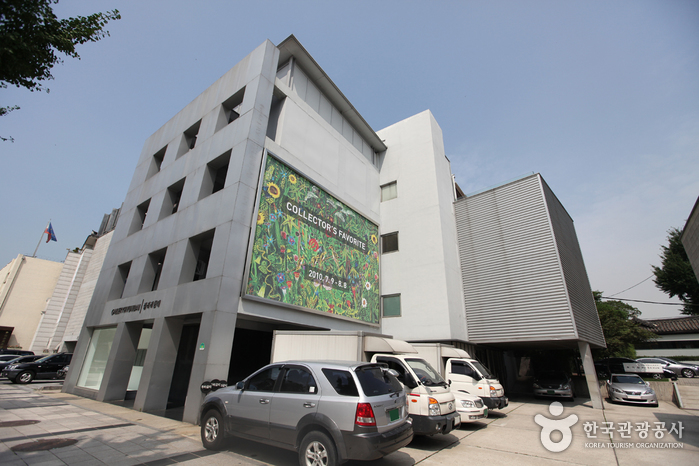
 English
English
 한국어
한국어 日本語
日本語 中文(简体)
中文(简体) Deutsch
Deutsch Français
Français Español
Español Русский
Русский